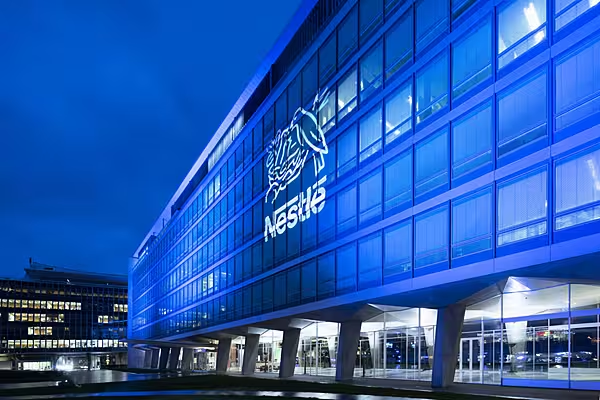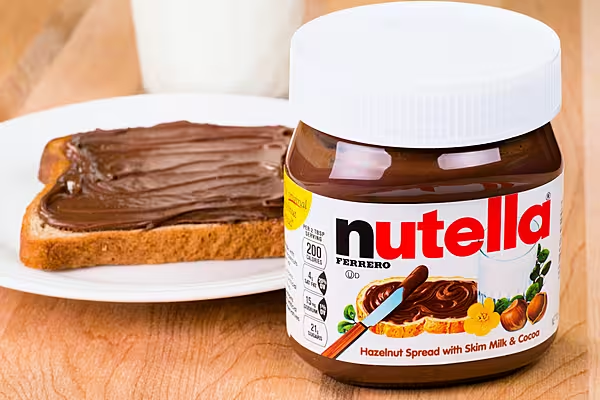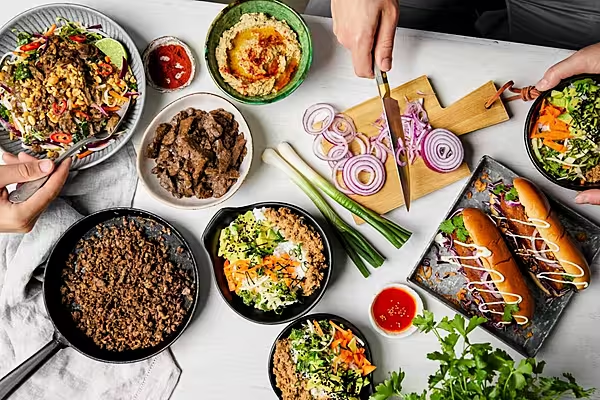Unilever racked up strong sales growth in India last year on the back of sharp prices increases thanks to its dominant market position and pent up demand among middle-class shoppers.
But industry experts said the British multinational should take care not to alienate poorer rural consumers – which some analysts estimate account for nearly half its revenues in India – after some signs they reined in spending last year as higher inflation took its toll.
The nation of 1.4 billion is one of Unilever's three priority markets, alongside the United States and China. The company traces its roots in India back to 1888 and its local subsidiary, Hindustan Unilever (HUL), accounts for just over a tenth of group sales, according to recent results.
HUL last week reported a 16% rise in sales to 149.86 billion rupees ($1.84 billion) in the quarter ended 31 December, powered by demand from wealthier urban shoppers.
The increase was supported by underlying price growth of 11%, the company said, well above India's annual inflation rate hovering around 6%.
"If prices keep increasing, rural consumers will move towards smaller pack sizes since there's a strain on wallets," said Alok Shah, a consumer analyst at India's Ambit Capital.
Shah said poorer rural consumers could move to cheaper locally-made products instead of those produced by Unilever.
Price Increases
Globally, Unilever has raised its prices faster than its biggest rivals P&G and Nestlé since the middle of 2021, partly due to its exposure to emerging market countries and food products - where cost inflation has been high.
Unilever said high energy costs and rising input prices hit the industry particularly hard in India. A spokesperson said some input costs jumped between 50% and 100% last year.
HUL, the biggest consumer company in India by sales, said last January that demand in rural India – where average incomes are lower than urban areas – had begun to slow as prices rose. Unilever did not respond to questions on how much of its revenues come from rural consumers.
In its results last week, HUL shared data from marketing research firm Nielsen showing industry-wide declines in sales volumes in rural areas of more than 5% in the last quarter. It did not break down the sales figures by company.
HUL chief executive Sanjiv Mehta said, however, the company had begun seeing signs of a pick up in rural sales as inflation eases and farm incomes rise again.
Reuters spoke to several rural consumers in the western state of Maharashtra – India's second most populous region – who said high prices had forced them to cut back.
Manoj Ballal, a 45-year-old wage labourer in Satara district, said he was looking to save money on consumer goods after everything from his kids' education to medicine had risen in price.
"We've reduced the use of edible oils as they're really expensive," he told Reuters. "Instead of two-rupee shampoo sachets, we buy one-rupee sachets. We buy biscuits only occasionally for the children."
Pricing Power
Unilever owns more than 50 brands in India, from breakfast spreads like Kissan jam to personal and household products like Dove deodorant and Wheel laundry detergent. It has said nine out of 10 Indian households use at least one of its products.
Industry experts said Unilever's strategy was to raise raise prices in categories such as laundry soaps where it is dominant, which helped minimise any negative impact on its market share.
"In categories like health, food, drinks, they have not taken similar pricing, because that's a very competitive market," Ambit's Shah said.
Unilever did not respond to a request for comment on its pricing strategy.
Indians are paying over a fifth more for two-kilo boxes of HUL's Wheel Lemon & Orange Powder A+ laundry detergent than they did in January 2022, according to market data compiled by the All India Consumer Products Distributors Federation (AICPDF).
Shah said Unilever's pricing strategy had, in fact, allowed it to increase market share in several categories despite raising prices.
A Unilever spokesperson said it had sought primarily to reduce costs in the face of rising prices and its market share gains in India in 2022 were the fastest in over a decade, suggesting it had been pricing "responsibly and competitively".
The spokesperson said Unilever is mindful of the pressure on consumers, as well as margins, volumes and "competitiveness" when raising prices.
Small Stores
India's nearly $900 billion retail industry is dominated by small stores that sell everything from clothes and footwear to groceries and electronics.
The private-label industry is not as developed as that of Europe and the United States, where major retailers from Walmart to Tesco are using own-label brands to undercut consumer goods companies as they try to raise prices.
Abhiman Das, an economics professor at the Indian Institute of Management (IIM), Ahmedabad, said the middle-class' pent up demand after the easing of the COVID-19 pandemic meant many consumers were prepared to cough up for premium brands, particularly in urban areas.
"Since I am a regular consumer of these products and have no alternatives, I have no choice but to shell out more money," said S Ramananda, 57, an educator in Bengaluru, India.
Even when HUL kept prices steady for some products, it has shrunk pack sizes, AICPDF data showed – a tactic used by many consumer goods companies around the world.
Unilever did not comment on smaller pack sizes.
Javed Momin, a grocery shop owner from rural Satara, said a reduction in size in packets by companies including Unilever was impacting some shoppers' habits.
"Consumers need to spend more to buy the same amount of weekly groceries, so the poor people are shifting to cheaper brands," he said, noting that some shoppers were shifting to Unilever's Lifebuoy soap from its more premium Lux product.
News by Reuters, edited by ESM – your source for the latest A-Brands news. Click subscribe to sign up to ESM: European Supermarket Magazine.














